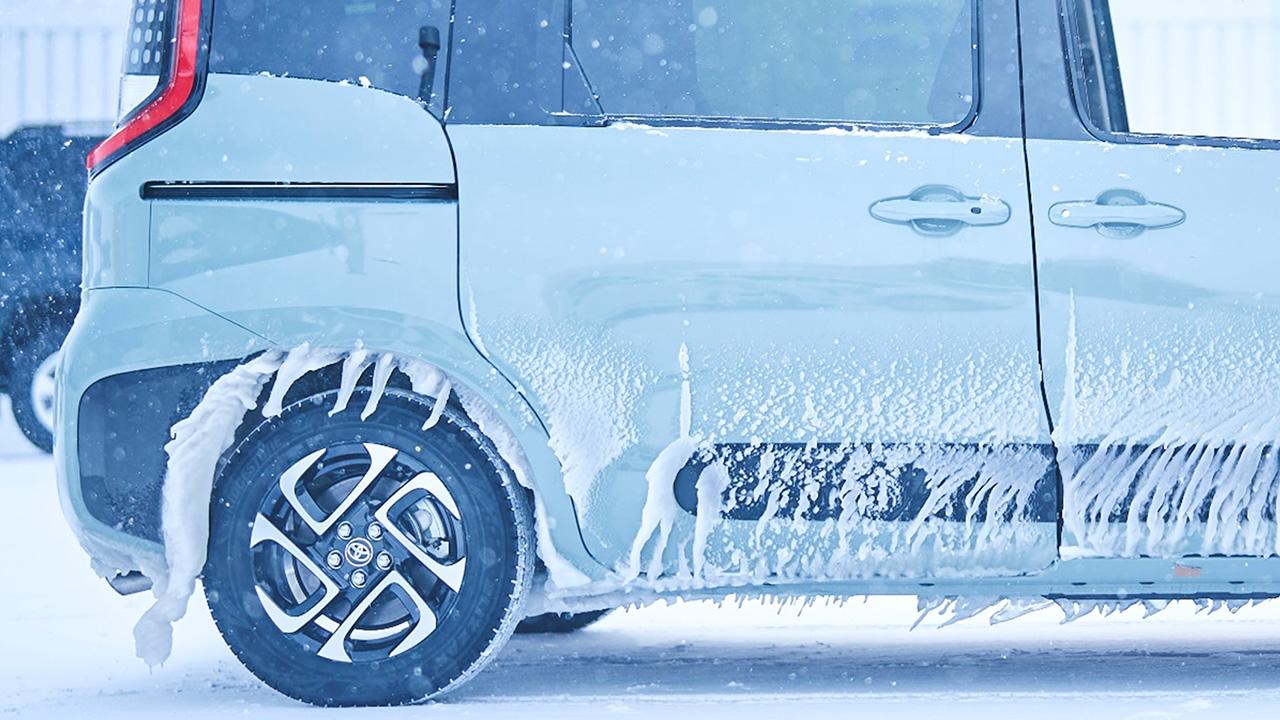
Another glimpse into the frigid, minus 30-degree (-22°F) genba at the Shibetsu Proving Ground, where Toyota's test drivers strive to make ever-better cars.

A car door cannot be allowed to stick when snow gets lodged in the gaps.
To ensure such things don’t happen, one Toyota facility replicates the harshest ice-buildup conditions. This place is also home to people who closely track vehicle behavior on frighteningly unforgiving road surfaces.
What exactly do test drivers do at the Shibetsu Proving Ground in Hokkaido? Visiting for the first time, Toyota Times discovered one surprise after another.
What happens when you ram a 60 cm wall of snow?
In the winter season, Shibetsu hosts Toyota’s ultimate “top gun” test drivers—the likes of Hisashi Yabuki and Akihiro Osaka, profiled in our article on the Advanced Technical Skills Institute Division.
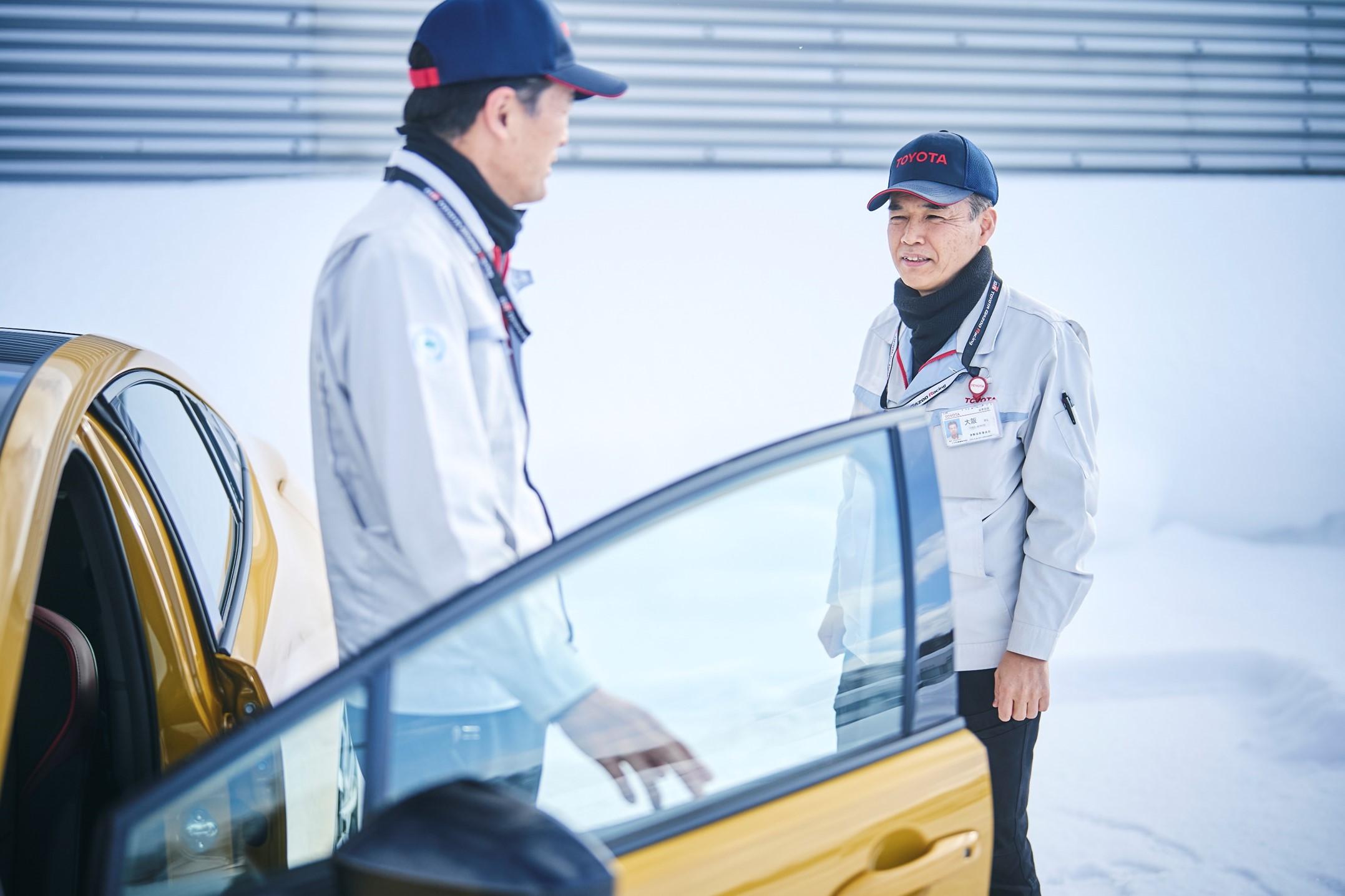
“Whooosh!”
The sound grew louder as a 2.5-tonne Land Cruiser 300 barreled along the endlessly white landscape, its front grille pushing the snow aside.
It’s easy to see why this test is called the “Deep Snow Plow.”
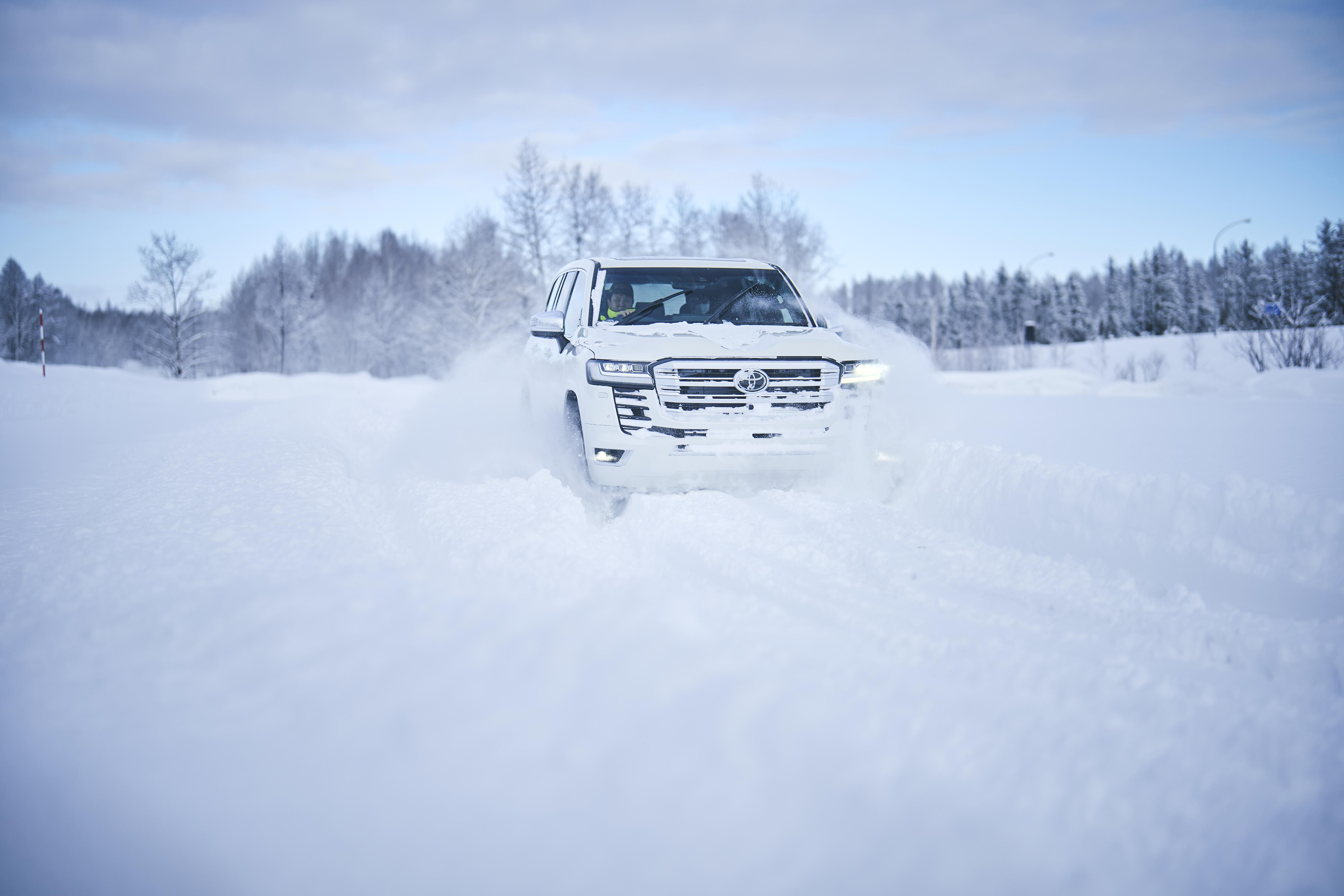
Overseeing these tests for the Land Cruiser is Takaaki Suzuki of the Shibetsu Vehicle Testing Section at the Vehicle Engineering Development Division.
Suzuki
We run the cars through walls of snow more than 50 or 60 cm deep, checking to see whether repeatedly getting stuck or driving on snowy roads damages the bumpers, for example, or if the churned snow causes problems by getting into the radiator.
Getting through unscathed is the greatest sense of accomplishment. I want to build cars that can take on these snowy roads and make the drive fun.
When stuck in deep snow, drivers tend to step on the gas, but we also try to anticipate someone doing the opposite and easing off, along with various other situations that users might get into.
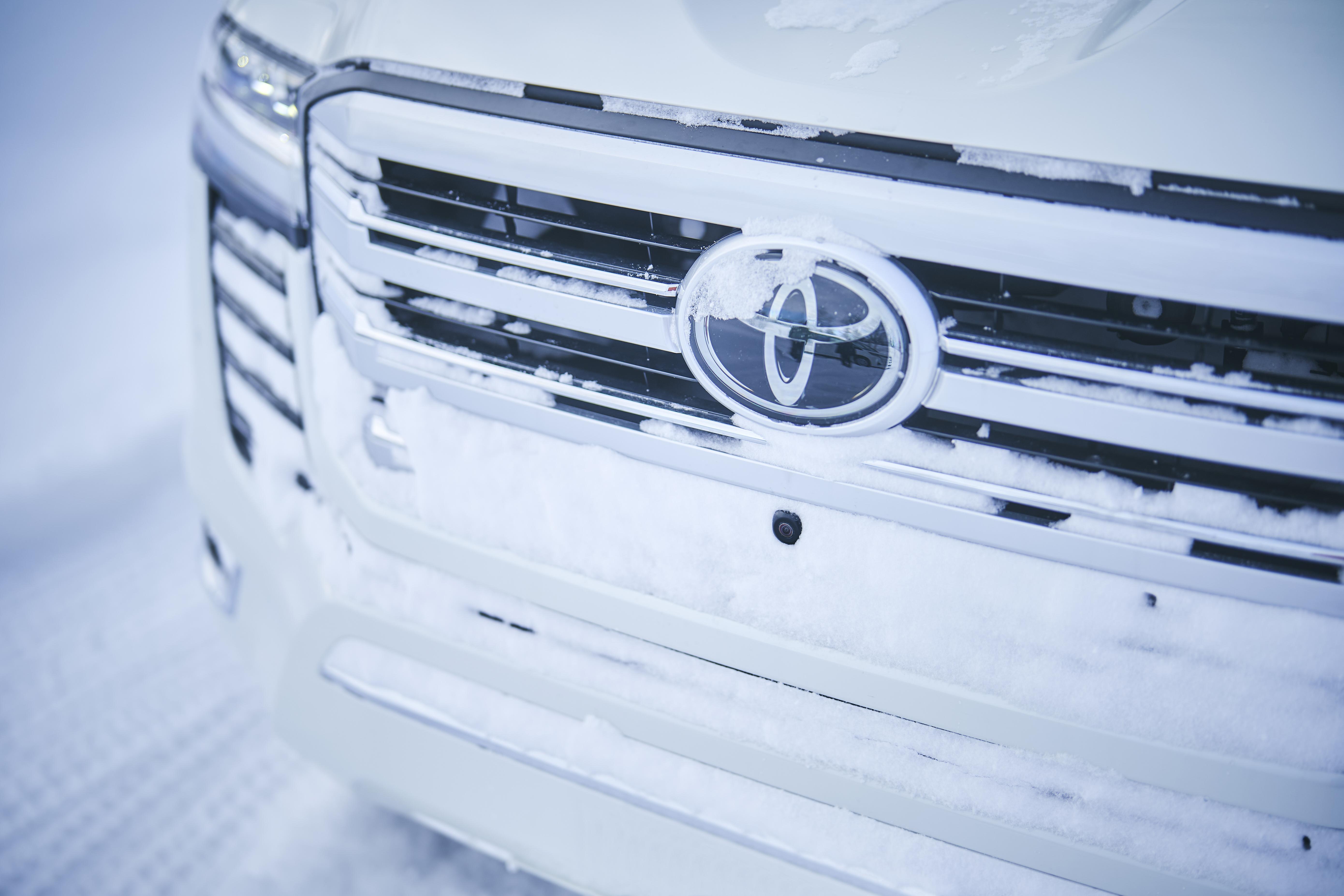
Around Shibetsu, when driving home it’s not unusual to find side streets off the major roads buried under knee-deep snow. That’s why this testing is essential—to make cars capable of tackling the snow-covered terrain.
Elsewhere at the Shibetsu Proving Ground, a sign indicates a “20% incline.”
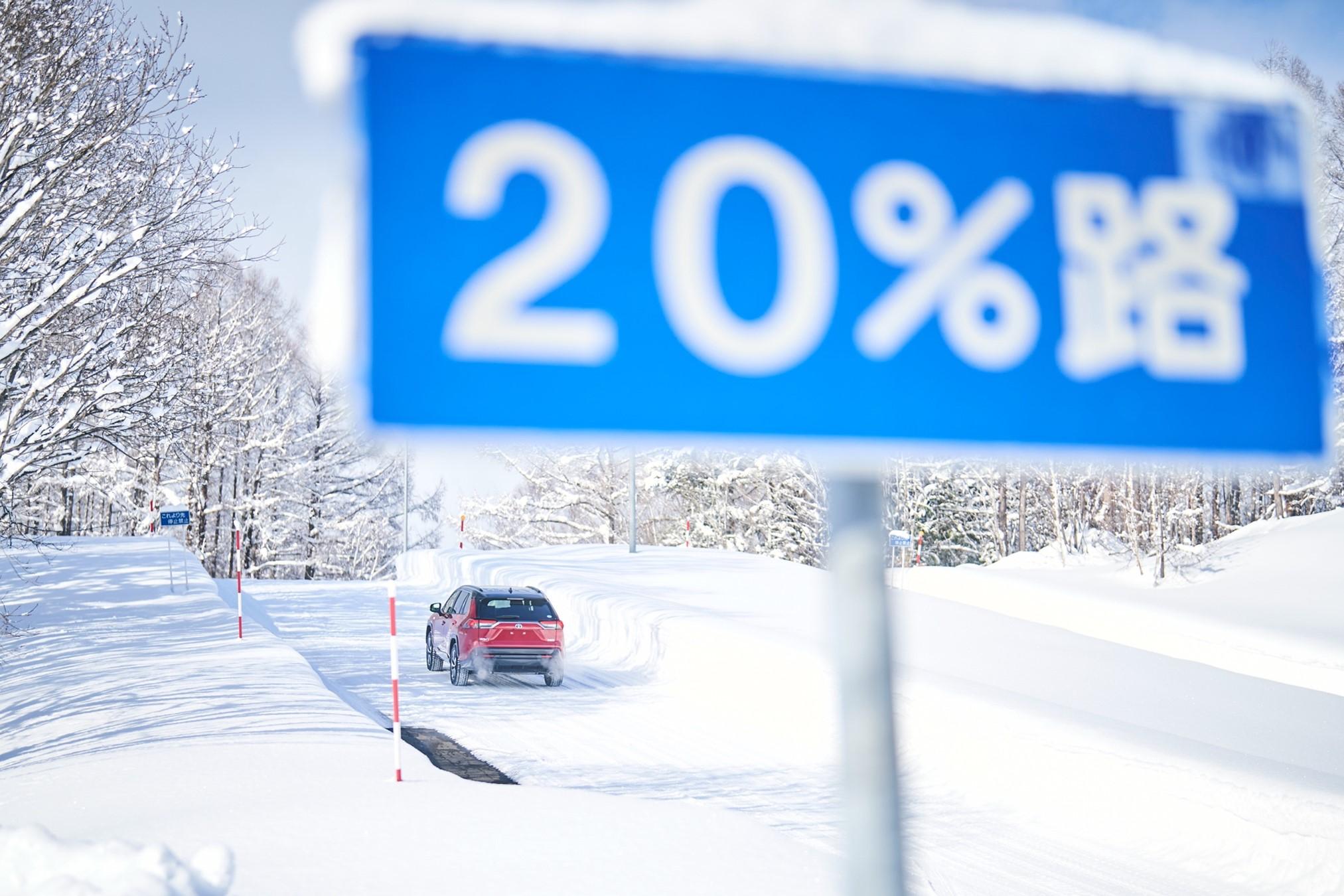
It’s hard to tell in the photo, but from the driver’s seat the steep slope looks almost vertical. What’s more, the road is covered in slick snow. Faced with such a slippery ascent, many drivers would probably think twice before stepping on the gas.
Tackling these hills in a RAV4 was the model’s tester, Mitsuyoshi Shiozaki, a born and bred Shibetsu local who knows his way around a car and the roads of Hokkaido.
Shiozaki
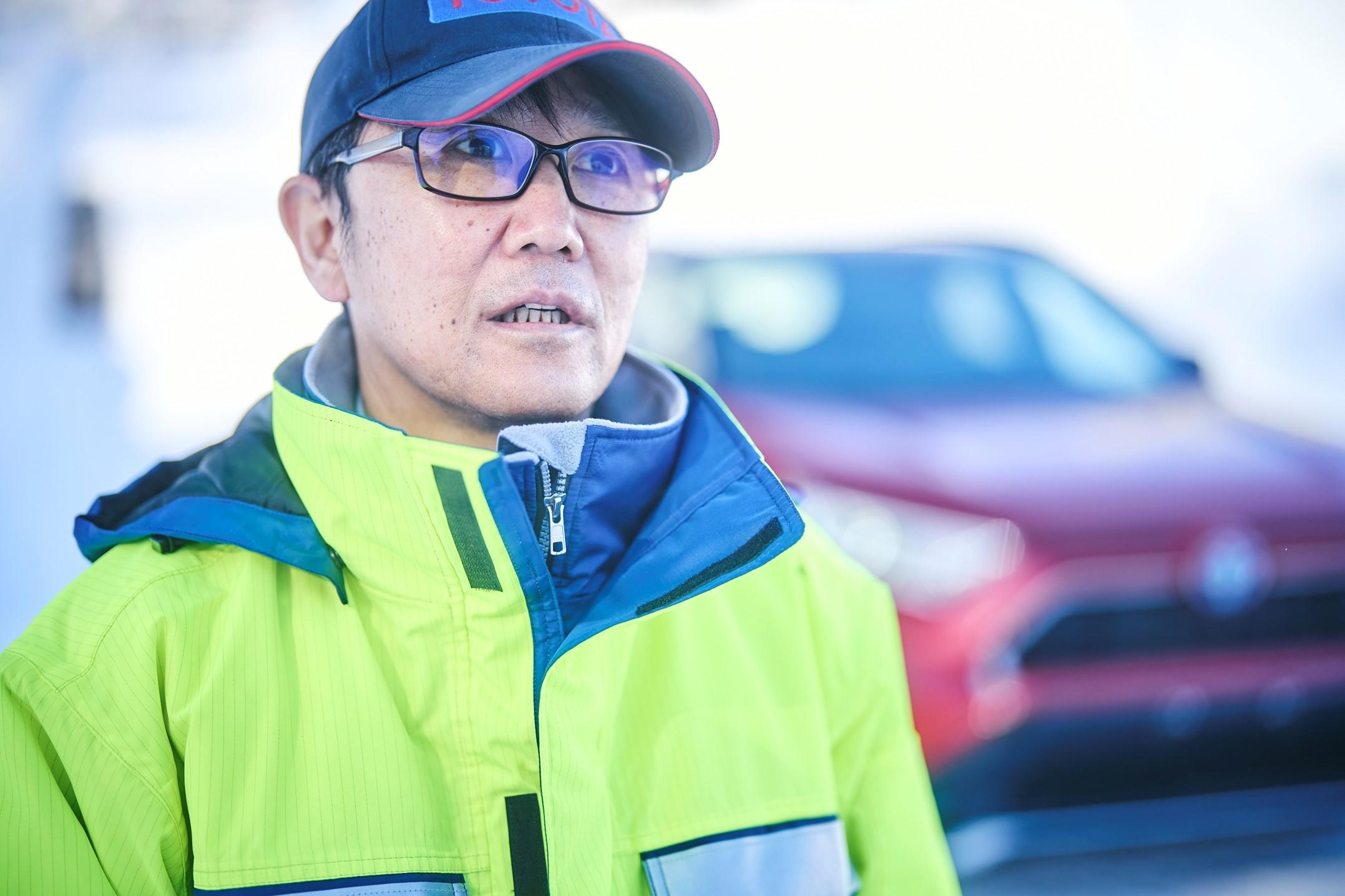
We’re checking to see if the car can climb up and get back down. The ultimate goal is to make sure that customers can drive these cars safely.
Shiozaki also showed us another section of road, where only part of the uphill stretch was cleared of snow to expose the ground beneath. What could this be for?
Shiozaki
On slippery downhill sections with intersections, for example, there is road heating, so you find areas where the snow has melted alongside spots where it hasn’t.
In these conditions, the frictional force from the road surface differs between the left and right tires. We check whether a driver could take off smoothly after stopping in such a location.
From worst to worst
The primary goal of cold-climate testing is to anticipate and eliminate the potential problems faced by customers living in cold regions, ensuring peace of mind when they drive.
When driving in such cold places, water and slush from the road adhere to vehicles, at times affecting performance.
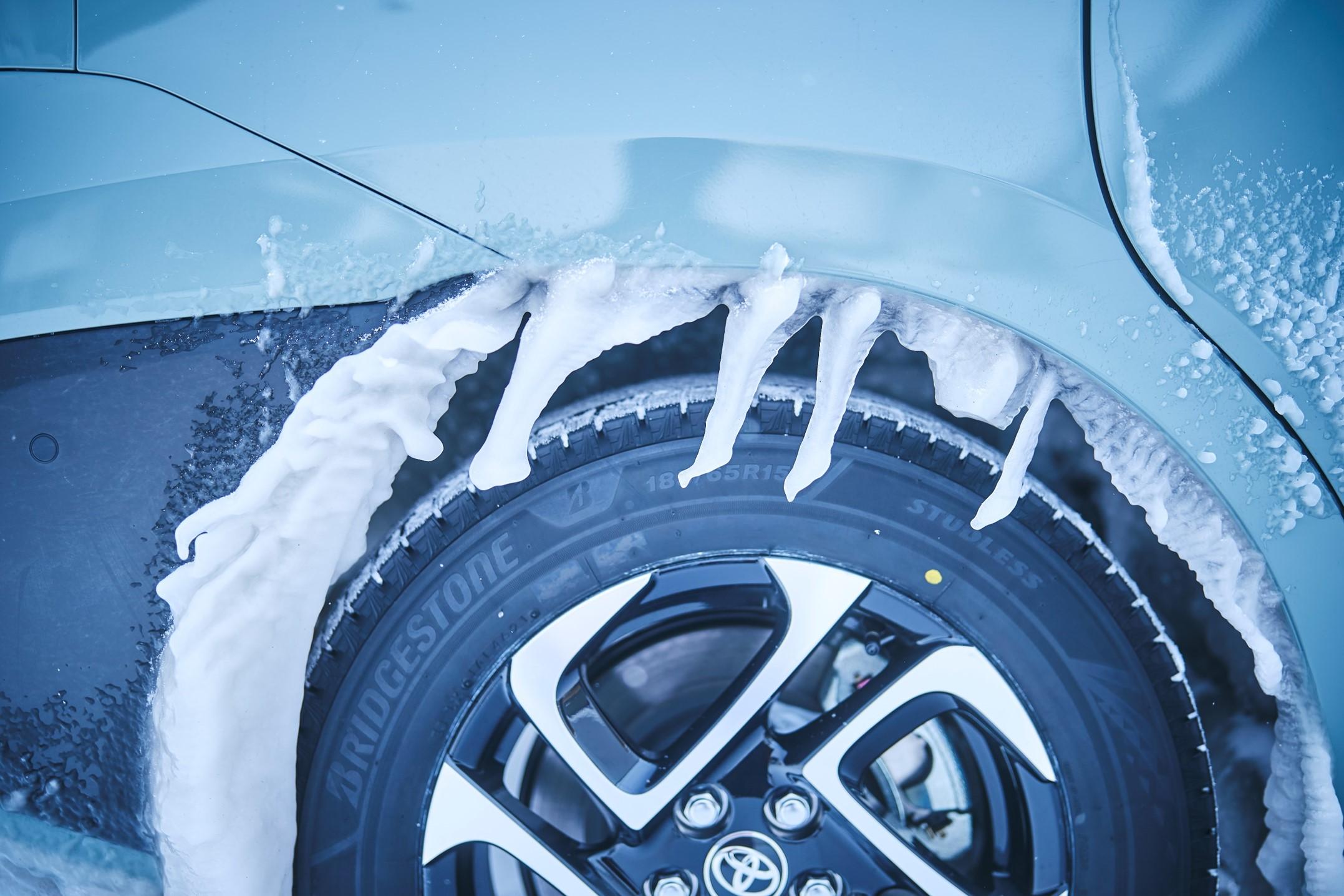
The Shibetsu Vehicle Testing Section’s Takumi Otomo explained the ice accretion testing he conducts.
Otomo
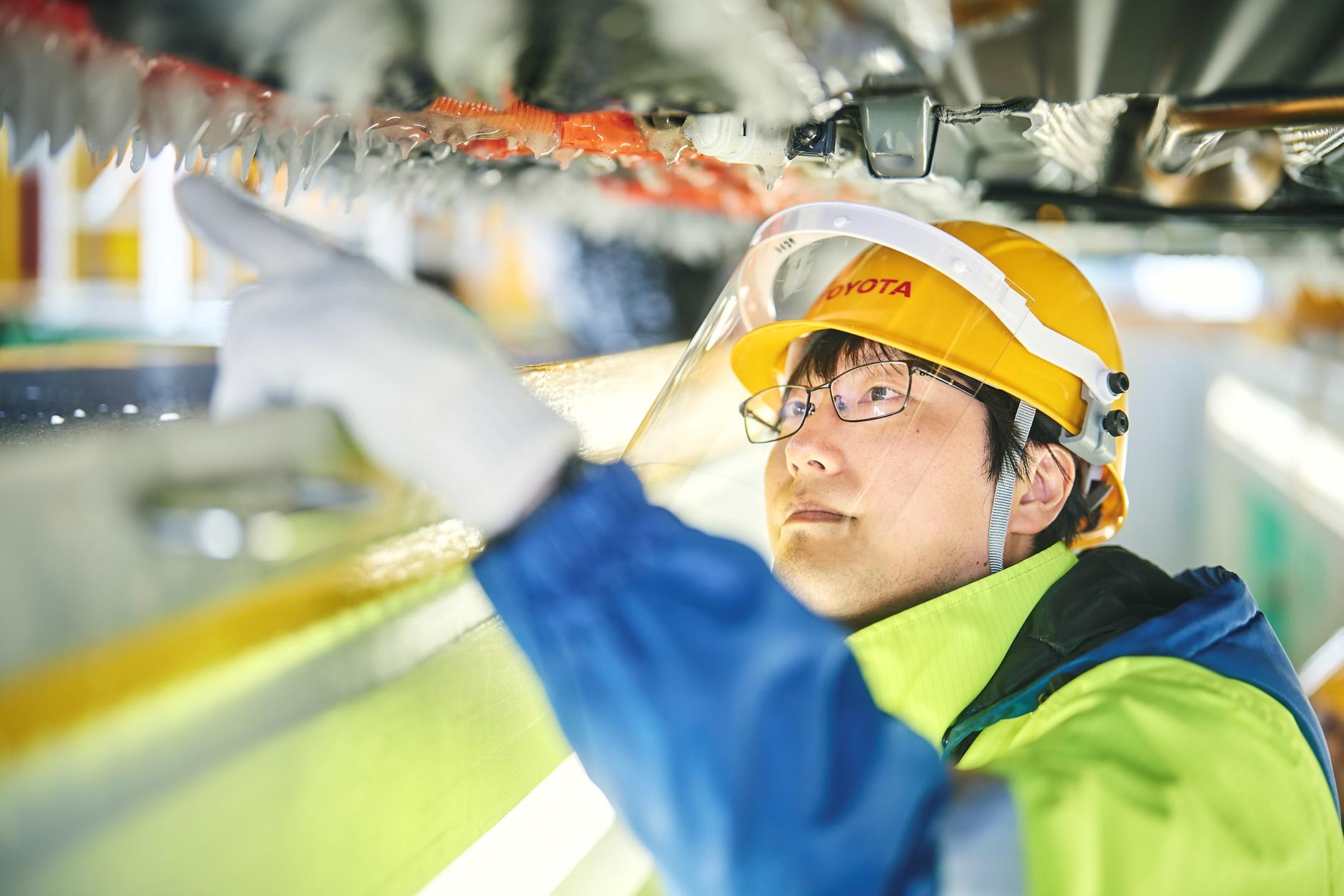
Besides snowy and icy roads, in cold regions you also often come across wet surface conditions, or slushy mixtures of water and snow.
Car tires splatter this water or slush onto the body and underbody, where it gradually grows during driving. We thoroughly check parts to make sure they are not damaged by ice buildup.
In the water test that Otomo demonstrated, he replicates “worst-case” icing conditions by circling a set test course for approximately four hours in a sub-zero environment.
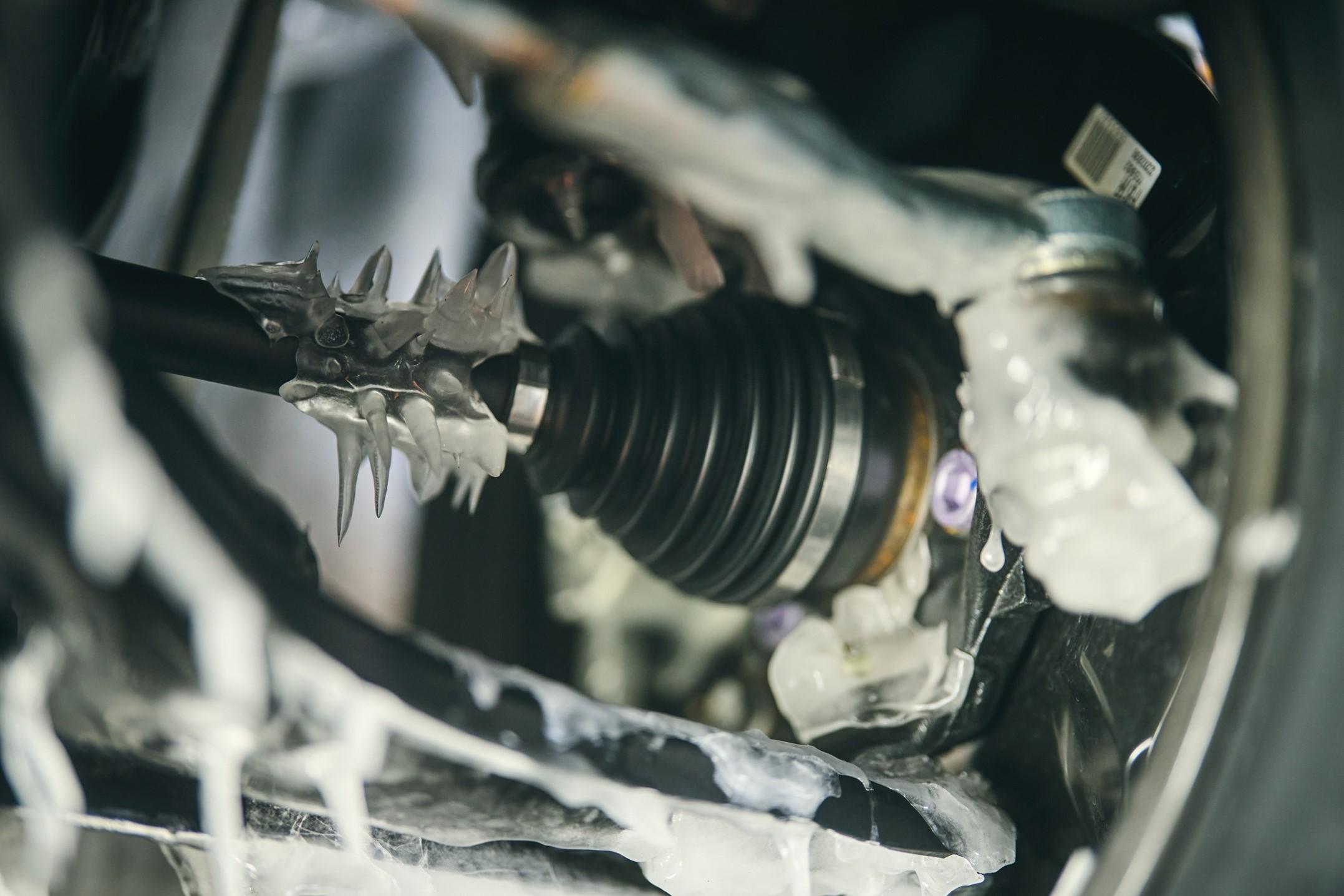
Toyota’s testing follows strict rules, which means that water tests are suspended if it snows. SX Hiroshi Shiratori, who conducts these tests alongside Otomo, explains why.
Shiratori
The reason is that when fresh snow gets mixed in, the ice becomes brittle, making the assessment overly lenient.
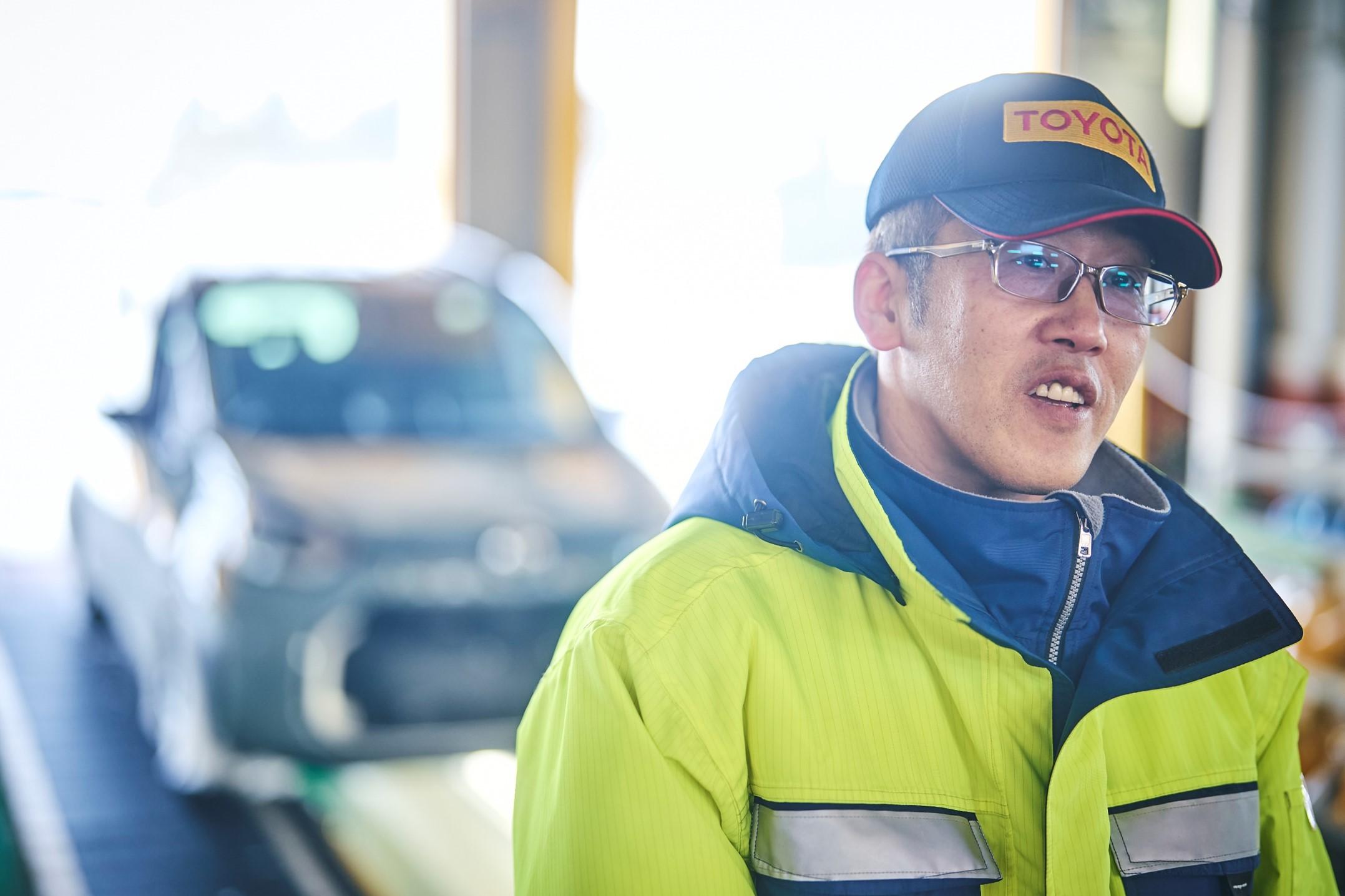
To ensure the ice isn’t melted by sunlight, we wait until sunset to start testing, so getting interrupted by snowfall means we drive late into the night.
Our 80-day testing season starts in December, but we’re lucky if we get 20 good days for water tests. With these limited chances, we control the tests to make sure we get the worst possible conditions.

